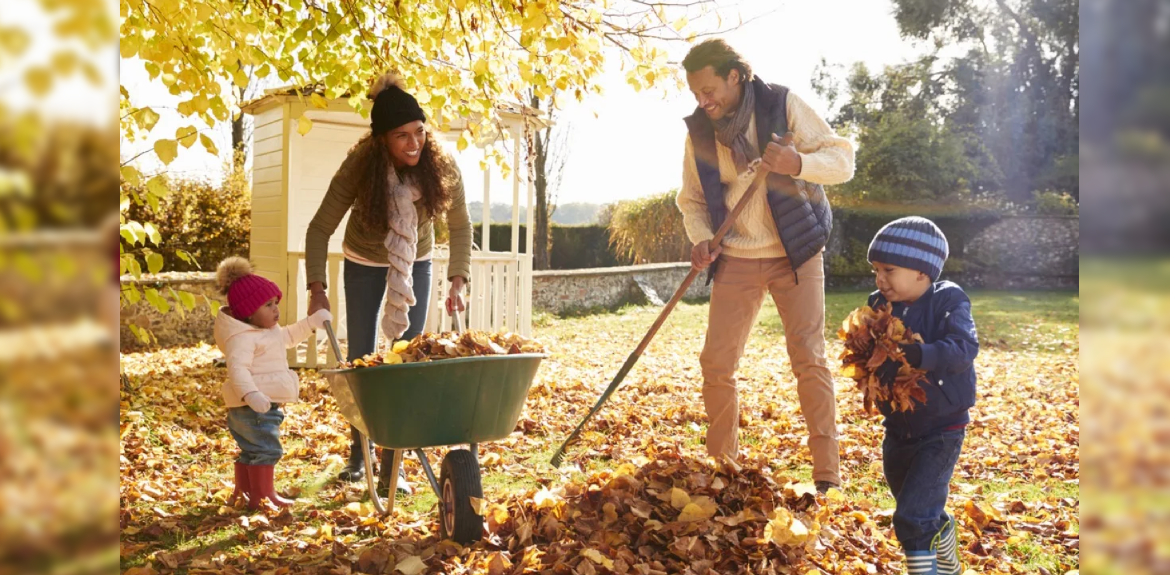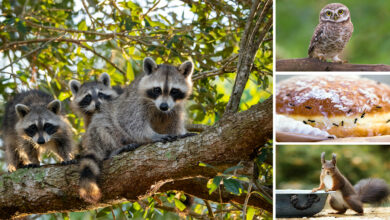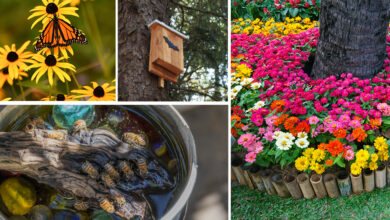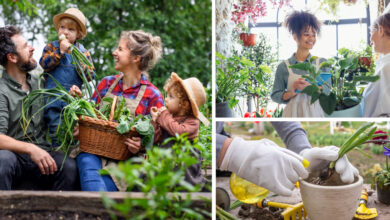 It may be hard to believe it, but summer is coming to an end, and fall is just around the corner. When it comes to your yard, start now to begin start preparing it for next year.
It may be hard to believe it, but summer is coming to an end, and fall is just around the corner. When it comes to your yard, start now to begin start preparing it for next year.
While beautiful blooming gardens are synonymous with the spring and summer, experts will tell you that to maintain a luscious-looking garden, the work continues well into the fall.
When it comes to Canadian winters, the winter you experience depends on where you live. Our winters affect each region very differently. Whether you are preparing your yard for a harsh prairie winter or preparing it for a mild BC winter, there is still plenty of work to do come autumn.
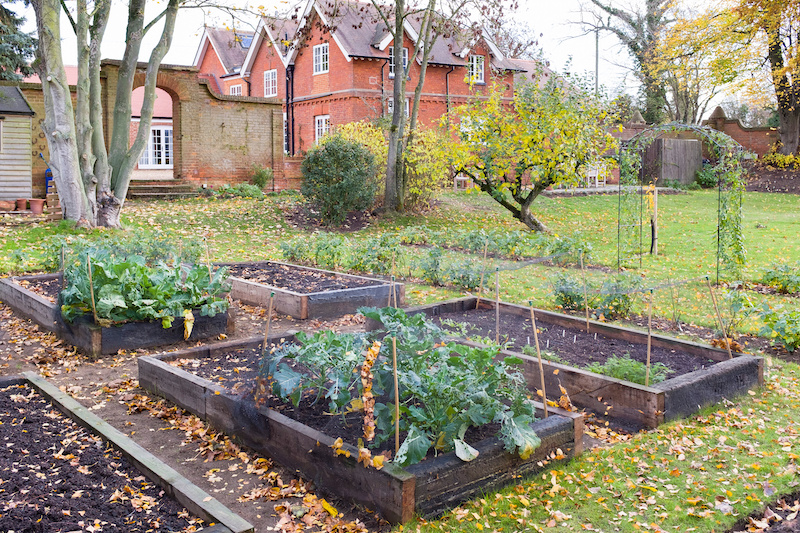
In fact, according to award-winning horticulturalist and author Peter Prakke, several perennials, shrubs, and trees will be flowering again into the fall this year.
“The longer we have no frost,[and] just a little rainfall, we can expect continuing blooms on annuals and many perennials,” said Prakke.
Prakke does warn, however, that spring-flowering trees should not be flowering again because that could be a sign of a plant in stress. Note: some species are created to flower twice, like certain types of lilac bushes.
Regardless of whether or not your summer garden blooms into the fall, gardeners looking to have a blossoming spring next year still have their work cut out for them this year.
Below, Prakke shares some tips and insights on what to do in your garden this fall.
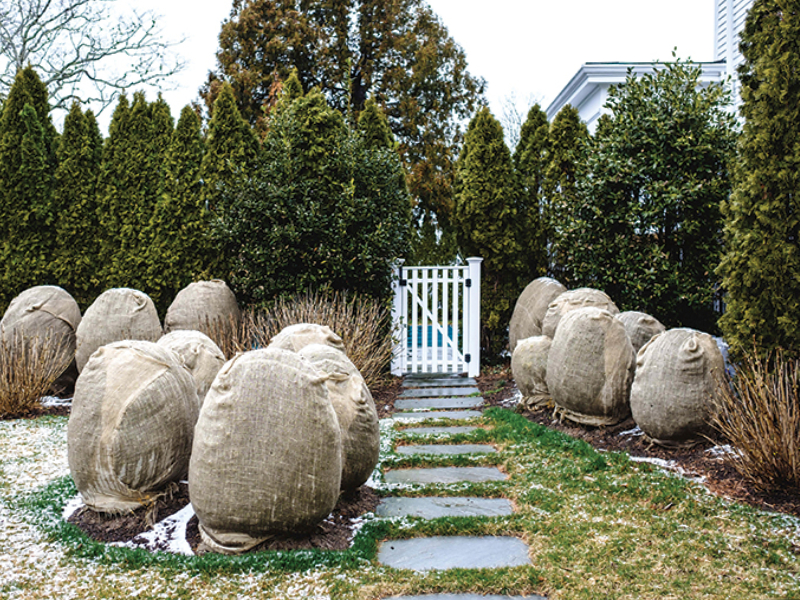
Preparing for winter
Preparing your garden to survive the upcoming winter requires a good amount of cleaning up and cutting out during the fall. Since perennials are expected to bloom again next year, careful preparation is essential for the upcoming winter. Freezing and thawing of the soil or low temperatures may kill perennials.
Prakke recommends cleaning out the old foliage of other plants and mulch flower beds that contain perennials, but only after the ground has started to freeze. Cedar or pine mulch, weed-free straw, wood shavings or dry sawdust provide proper protection, said Prakke. And, according to Prakke, snow cover is “still the best protection.”
Annuals, on the other hand, need to be pulled out after the first or second frost and then chopped up before throwing them in the compost.
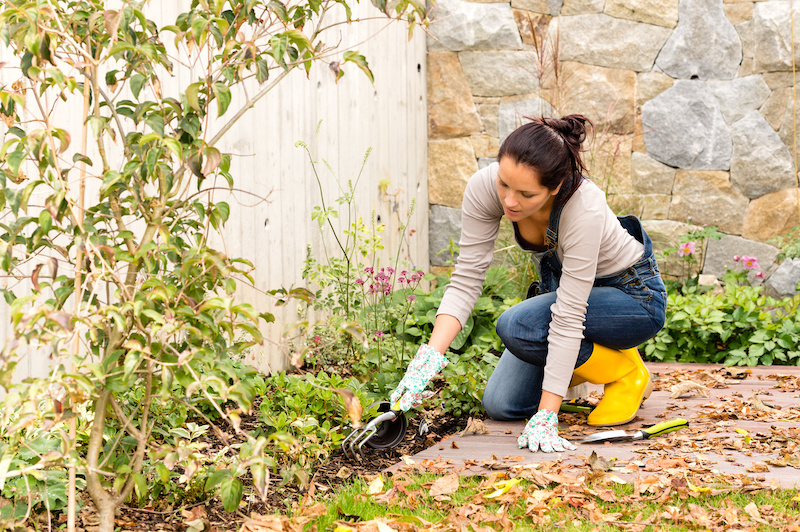
“If you leave dead plants around your garden [they] can be a good hiding place for insects, and diseased plants (that) might harm your garden next year,” stated Prakke.
If you’ve grown a vegetable garden, it should be cleaned up as soon as the crops are harvested.
“If you have soil with high clay content, spread coarse sand and composted manure on your vegetable garden now and roto-till this all together,” added Prakke.
Fruit trees need to be protected from rodent damage so you may be required to use rodent repel or tree guards. Trees and shrubs should be watered very well, explained Prakke. “Because they continue to lose moisture through their foliage.”
Halfway through the fall, wrap the tree trunks of younger trees with commercial tree wrap paper or burlap to protect from sun damage.
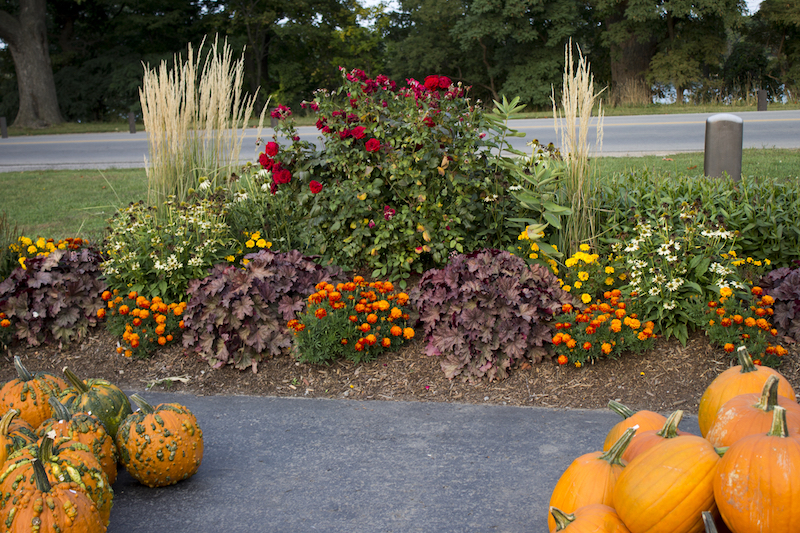
Saving Perennials
Certain perennials are more susceptible to the winter weather and require special care.
Roses, for example, fall into this category. These flowers can be killed or injured during the winter through a direct injury to the tops or roots from extreme cold weather; root injury from drying out; damage from animals; snow or ice breakage; or rapid changes of temperature caused by warming of the stems and then freezing.
To prevent injury to these flowers, Prakke recommends using mound topsoil around each rose bush after the first frost. He also warns against using maple, willow or other popular leaves around the bushes because they mat down when wet. Once the ground is frozen, evergreen boughs will help to provide extra protection.
Other flowers that require care include lilies and peonies. For these flowers, it is suggested to cut them down to approximately 15 cm above ground level.

Cuttings
Fall, especially before the first frost, is an excellent time to harvest cuttings from flowers to grow indoors or to save for the next year.
August or early September is the best time to take cuttings from geraniums, for example. For geranium cuttings, it’s recommended that you select from a solid, healthy growth that is at ten centimetres long. Make a straight cut below a node with a sharp garden knife and then snip the leaves, leaving only the bud and one developed leaf. You can choose to soak the cutting for five minutes in soap resolution to ward off pests. Dip the cutting in root stimulator and then plant it in a four-inch pot filled with a soilless mix. Constant watering and care should result in developed roots within three weeks.
You can take cuttings and similarly regrow other plant species.

Planting For Next Spring
The most breathtaking gardens begin growing months before the first spring bloom. During the fall, many gardeners plant bulbs for the next year. Prakke recommends choosing a location to plant the bulbs that has good drainage and then work close to one pound of bonemeal per dozen bulbs into the area. Then plant the bulbs at the proper depth according to the label and then fill with original soil and water thoroughly.
Flowers you can choose to plant in the fall include: Alliums, Tulips, Chionodoxa, Narcissus, Muscari, Daffodil, and Crocus.
Tips to Plant Fall Bulbs
Thanks to Prakke’s expert advice, you can now make the most of this fall in your garden to get a jumpstart on next year’s garden and save your favourite perennials from the Canadian winter.
“Even if the weather is nice [enough] to go outside or not, there are a lot of things that should be done. Because the goal is to get ready for the winter and have everything in the best possible shape for next spring,” said Prakke.


